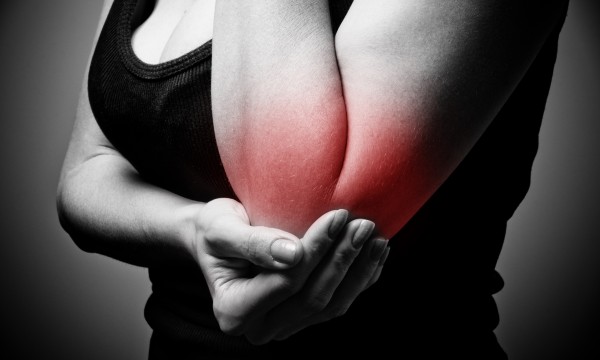Not all variables that can contribute to osteoarthritis (OA) are obvious. Three less discussed contributing factors to osteoarthritis are:
- Browse Categories
- All Tips
-
Home & Garden
- All
- Appliances
- Bathroom
- Cleaning
- Crafts
- Decorating
- Electrical
- Flooring
- Furniture
- Garage Door
- Gardening
- Green Living
- Heating
- Home Alarm Systems
- Home Maintenance
- Home Remedies
- Home Security
- Home Staging
- House Sitting
- Junk Removal
- Kitchen
- Lawn Care
- Lock Systems
- Moving
- Outdoor Living
- Pest Control
- Plumbing
- Renovation
- Roofing
- Snow Removal
- Storage
- Tools
- Tree Service
- Health
- Family
- Travel
- Auto
- More Tips

Osteoarthritis: 3 known contributors and some history
October 8, 2015

1. The estrogen factor
Women stand a much greater chance of developing osteoarthritis than men, especially as they get older. This gender difference is most extreme for OA of the knee in older women.
In particular, women over 65 are more than twice as likely to develop OA as men the same age.
2. Being a couch potato
People tend to exercise less as they age — especially if they have arthritis. Unfortunately, inactivity itself increases your risk for osteoarthritis in several ways:
- Inactivity leads to weight gain, which puts extra strain on the joints.
- Tissues vital to joint movement — especially the muscles — can atrophy due to inactivity. Studies have shown that people with weak thigh muscles are more likely to develop OA of the knee.
- Inactivity can kill off chondrocytes, the cells that make and repair cartilage. Because cartilage has no blood vessels, chondrocytes must obtain nutrients from the synovial fluid. Walking or other weight-bearing activities contract and expand cartilage with each repetition, creating the pumping action of fluid vital for chondrocytes.
3. Taking a blow
The sports pages regularly report on athletes who've sustained serious injury to a joint — most often the knee. Unfortunately, an athlete or anyone else who suffers an injury to some part of a joint — cartilage, bone, ligament, or tendon — may eventually develop OA in that joint.
With some injuries, such as a compound fracture of the ankle, osteoarthritis is almost a certainty. Pro athletes who incur frequent knee injuries will most likely develop OA of the knee after their playing days are over.
An annotated history of OA
Pre-history: Iguanodon remains found in Belgium show evidence of osteoarthritis, proving that even dinosaurs sometimes suffered from the disease.
30,000 BCE: Excavated Neanderthal remains show that injury-triggered arthritis was not unknown to this early relative of humans.
3,300 BCE: The iceman mummy found on the Austrian/Italian border in 1991 shows evidence of arthritis in the lower back, left knee and right ankle.
500 BCE: Willow bark makes its first appearance as a pain reliever.
1st to 15th-century CE: Romano-British, Saxon and Medieval skeletons in western England show evidence of OA, gout and psioratic arthropathy.
1715: The second edition of William Cosgrave's influential "De arthritide symptomatica" ("On the symptoms of arthritis") published.
1897: Felix Hoffman builds on the medicinal properties of willow bark to create Aspirin.
1936: The Canadian Rheumatic Disease Association (CRDA) is founded in Ottawa, then in 1947 the Canadian Arthritis and Rheumatism Society (CARS) is founded.
1977: CARS changes its name to The Arthritis Society.
Today: Canada has hundreds of rheumatologists and researchers working to help arthritis sufferers, and maybe one day find a cure.
Use this information to approach your OA with an informed strategy so you can become an active participant in your own health care.







